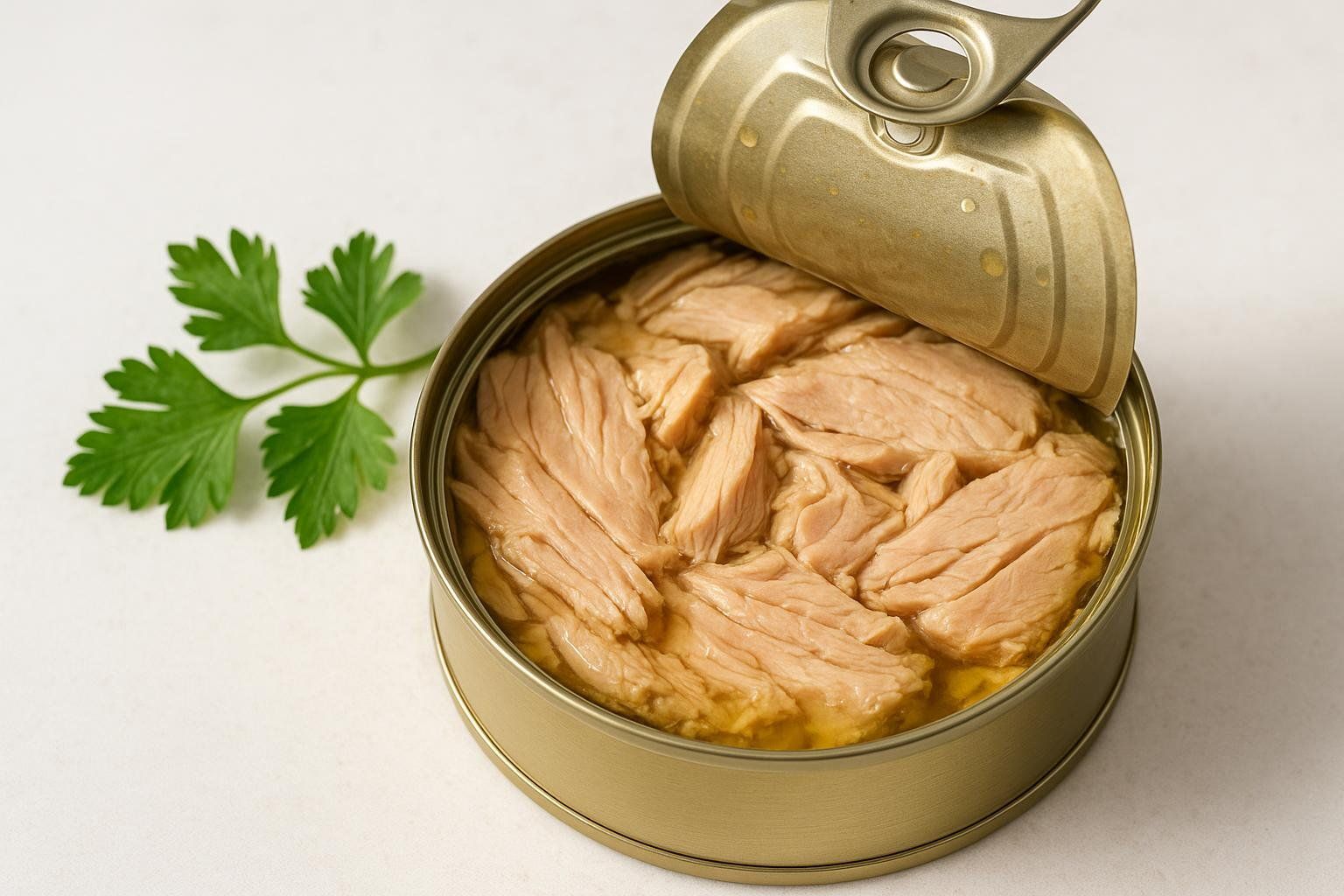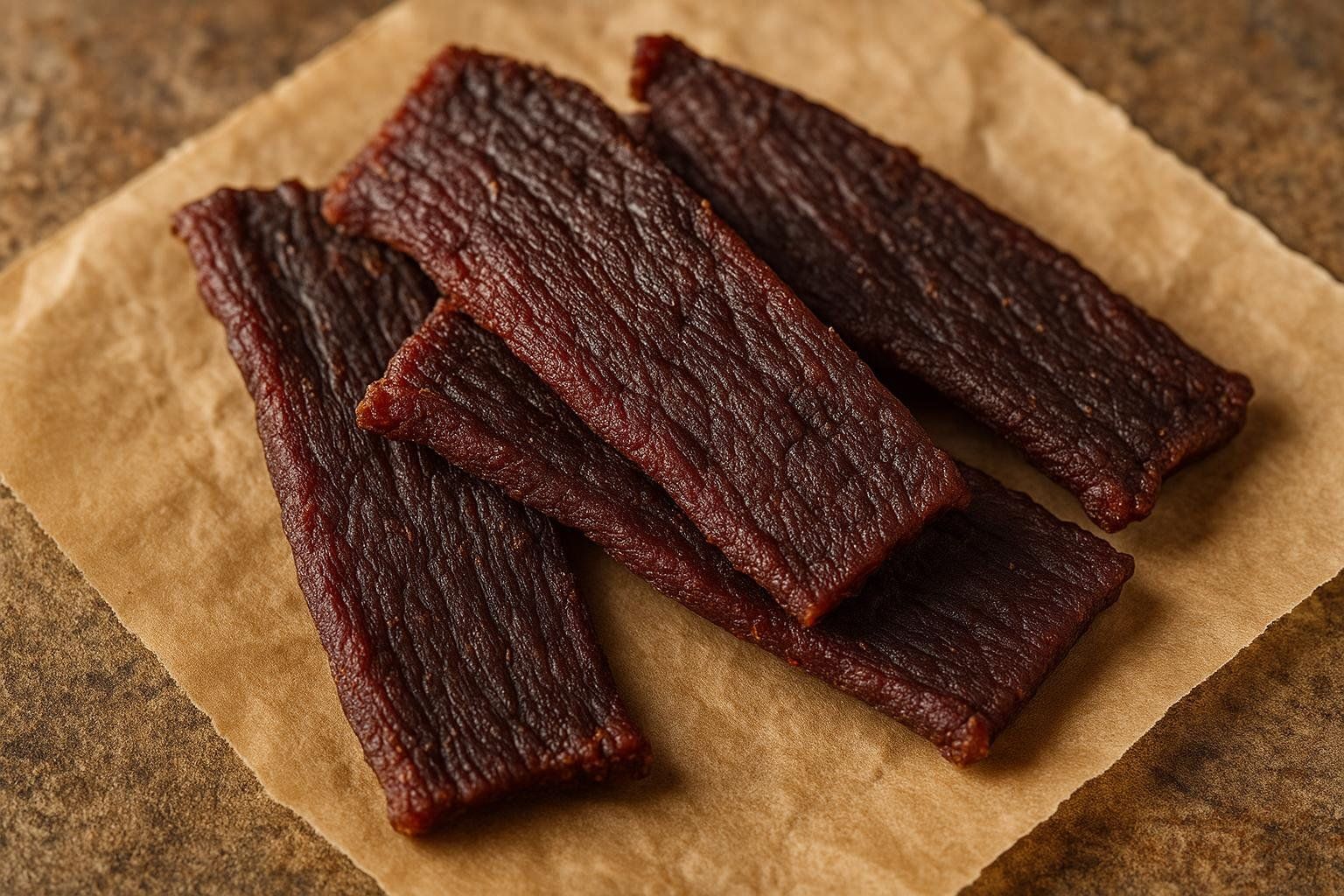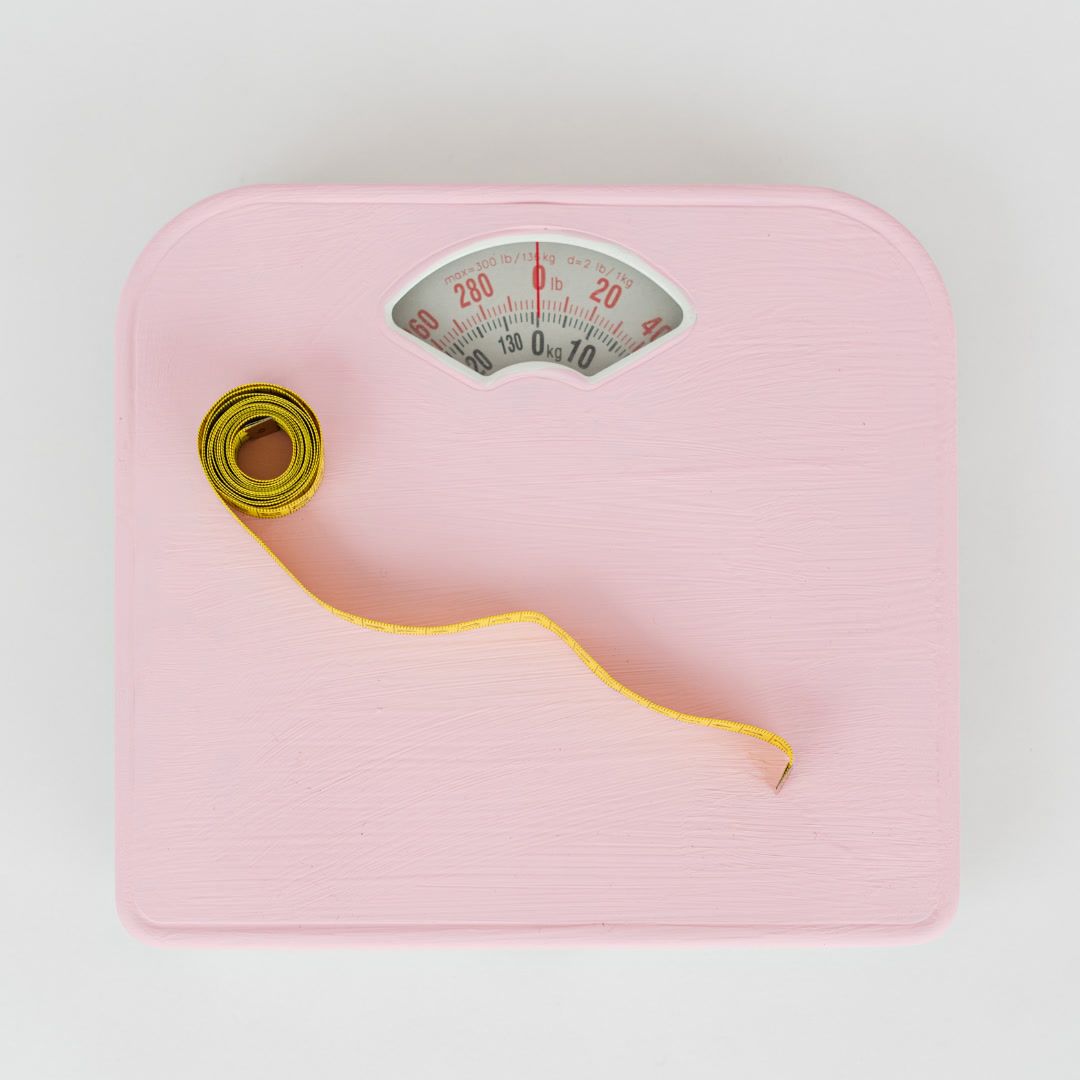High Protein Non-Perishable Foods: Comparative Guide

High Protein Non-Perishable Foods: Comparative Guide
Why Focus on Non-Perishable Proteins?
If you’re backpacking the John Muir Trail, building an emergency pantry, or navigating three connecting flights with no healthy food in sight, shelf-stable protein becomes a nutritional lifeline. Protein preserves muscle, stabilizes blood sugar, and helps prevent irritability from hunger. Yet most protein-rich staples—think yogurt or chicken breast—need refrigeration. This guide spotlights high-protein non-perishable foods that keep for months (or years) without sacrificing macros.
We’ll compare options head-to-head on:
- Protein per serving
- Calories per serving
- Protein-to-calorie ratio
- Average cost per gram of protein
- Typical shelf life
Jump to Scenario Guides
What Counts as “Non-Perishable”?
For this article, a food qualifies if it can sit at room temperature for at least six months in its original sealed packaging with no refrigeration required. Once opened, storage rules change—so always read labels.
Non-perishables fall into four buckets:
- Canned or retort-pouched animal proteins
- Dehydrated or freeze-dried meats and eggs
- Dried plant proteins (legumes, nuts, seeds)
- Protein powders and bars
Comparison of High Protein Non-Perishable Foods
Canned & Pouched Animal Proteins

| Food (1 standard serving) | Protein | Calories | Protein-to-Calorie Ratio | Est. Cost/gram‡ | Shelf Life† | Notes |
|---|---|---|---|---|---|---|
| Canned light tuna, 3 oz drained | 20 g | 99 kcal | 0.20 | $0.04 | 2–5 yrs | Choose low-mercury options in BPA-free cans. |
| Canned chicken, 3 oz drained | 19 g | 105 kcal | 0.18 | $0.05 | 2–5 yrs | Mild flavor that works well in salads and wraps; nutrient data from USDA FoodData Central. |
| Sardines in water, 1 can (3.75 oz) | 22 g | 150 kcal | 0.15 | $0.06 | 3–5 yrs | Provide omega-3 fats and vitamin D, per EatingWell. |
Dehydrated & Freeze-Dried Proteins

| Food (1 standard serving) | Protein | Calories | Protein-to-Calorie Ratio | Est. Cost/gram‡ | Shelf Life† | Notes |
|---|---|---|---|---|---|---|
| Beef or turkey jerky, 1 oz | 9–10 g | 100–116 kcal | 0.09–0.10 | $0.08 | ~12 mos | High in sodium—USDA data show 500 mg+ per serving, so pre-portioning can help manage intake. |
| Freeze-dried chicken, 1 oz | 19 g | 120 kcal | 0.16 | $0.10 | 20–25 yrs | Stored in #10 cans with a shelf life of up to 25 years supported by Ready.gov. |
Plant-Based Proteins

| Food (1 standard serving) | Protein | Calories | Protein-to-Calorie Ratio | Est. Cost/gram‡ | Shelf Life† | Notes |
|---|---|---|---|---|---|---|
| Lentils, dry, ¼ cup (makes ~¾ cup cooked) | 12 g | 160 kcal | 0.08 | $0.02 | 2+ yrs | Supply 8 g of fiber according to Verywell Fit. |
| Peanut butter, 2 Tbsp | 8 g | 188 kcal | 0.04 | $0.03 | 1–2 yrs | Opt for brands without added sugar or hydrogenated oils. |
| Almonds, 1 oz (≈23 nuts) | 6 g | 164 kcal | 0.04 | $0.06 | 12 mos | Adds crunch and healthy fats; store airtight to preserve freshness. |
| Hemp seeds, 3 Tbsp | 10 g | 170 kcal | 0.06 | $0.09 | 12 mos | A complete protein rich in omega-3s, notes Verywell Fit. |
Powders & Concentrates
| Food (1 standard serving) | Protein | Calories | Protein-to-Calorie Ratio | Est. Cost/gram‡ | Shelf Life† | Notes |
|---|---|---|---|---|---|---|
| Whey protein powder, 1 scoop (30 g) | 24 g | 117 kcal | 0.21 | $0.04 | 1–2 yrs | Mix with water or milk; see Harvard Health. |
| Powdered whole eggs, 2 Tbsp | 6 g | 70 kcal | 0.09 | $0.07 | 5–10 yrs | Convenient for camping recipes and baking mixes. |
How to Read the Tables
- Protein-to-Calorie Ratio shows efficiency—higher means more protein for fewer calories.
- Cost per gram helps budget-minded planners stretch protein dollars.
- Shelf Life† assumes the product is unopened and stored in a cool (≤ 70 °F / 21 °C), dry place.
‡Cost estimates reflect average U.S. grocery prices at the time of writing and are subject to change.
Scenario Guides
Backpacking: Light Weight, Big Protein
When every ounce matters, choose foods with a high protein-to-weight ratio and minimal prep time.
- Jerky & Meat Sticks (9–10 g per oz): To manage the high sodium content, pre-portion jerky from larger bags.
- Whey Protein Powder (≈ 24 g per scoop): Pre-bag single serves and shake with filtered or treated water.
- Freeze-Dried Chicken or Beef Crumbles (≈ 19 g per oz dry): Rehydrate while your instant rice simmers; a 1-oz packet yields ~3 oz cooked meat.
- Nut Butter Squeeze Packs (8 g per pack): Offers 180 kcal of long-burn energy alongside protein.
Building a Resilient Emergency Pantry
A 3-day FEMA kit is a good start, but for greater resilience many households aim for two weeks to three months of meals. Priorities: long shelf life, variety, and cost effectiveness.
- Legumes & Pulses – Dried beans and lentils cost pennies per gram of protein. Store in mylar bags with oxygen absorbers for extended quality—10+ years according to Utah State University Extension.
- Canned Proteins – Rotate tuna, chicken, salmon, and sardines yearly. Mark cans so “first in, first out” is foolproof.
- Freeze-Dried Meat & Eggs – Pricier upfront, but a #10 can lasts 20–25 years sealed—essential insurance if supply chains falter.
- Seeds & Nuts – Add nutritional diversity and healthy fats; vacuum-seal or freeze to extend life.
TSA-Friendly Grab-and-Go Picks
Professionals who travel often juggle hotel mini-fridges, airport security, and marathon meetings. These shelf-stable options breeze through security:
- Single-serve tuna pouch (17 g): Tear-and-eat; no can opener required.
- Roasted chickpea snack pack (6 g): Crunchy alternative to pretzels; fiber adds satiety.
- Protein powder sachet (24 g): Mix with café almond milk for an improvised shake.
- Beef jerky stick (9 g): Highly shelf-stable and easily stored in carry-on luggage.
- Cheese crisps (10 g): Real cheese dehydrated into chips—no cooler necessary.
For more ideas, see our guide to high-protein snacks for travel.
Smart Storage & Rotation Tips
- Cool + Dark Wins: Heat shortens shelf life. Aim for < 70 °F (21 °C).
- Mind Moisture: Use desiccant packs; dry foods mold above 65 % humidity.
- Label Everything: Write the purchase or “best by” date on cans and pouches.
- First-In, First-Out (FIFO): Place newer items behind older stock.
- Quarterly Audits: If an item is within six months of its date, plan meals to use it up.
Frequently Asked Questions
Can I live on protein powder alone in an emergency?
Relying solely on protein powder is unsafe and not recommended. A powder-only diet lacks essential fiber, healthy fats, vitamins, and minerals, making it nutritionally incomplete and potentially dangerous over time. Use protein powders as supplements, not meal replacements.
How do I calculate my daily protein target?
The International Society of Sports Nutrition recommends 1.4–2.0 g/kg body weight for most active individuals. To refine your target, you first need an accurate measure of lean mass—data a DEXA scan provides alongside bone and fat metrics. Learn more in our guide to interpreting DEXA results.
Do canned foods lose protein over time?
Protein is relatively stable. What declines are some vitamins and flavor quality. As long as cans remain intact and within “best by” dates, protein content stays virtually unchanged.
What about sodium and preservatives in shelf-stable meats?
Shelf-stable meats can be high in sodium, especially flavored jerky. If you’re monitoring sodium intake, check labels for lower-sodium versions and consider pairing these foods with potassium-rich choices to balance electrolytes.
Key Takeaways
- Match the food to the scenario. Jerky and powder excel at weight savings; legumes win on cost; freeze-dried shines for decades-long storage.
- Use objective metrics. Protein-to-calorie ratio and cost per gram help maximize efficiency—simple spreadsheets or nutrition apps can crunch the math.
- Rotate, don’t waste. Even 20-year cans stay safest (and tastiest) when stock rotation becomes a habit.
Understanding these principles is the first step, but personalizing your intake is key to seeing results. Book a BodySpec DEXA scan today to see exactly how your protein choices translate to lean-mass changes and refine your nutritional strategy.
Disclaimer: This content is for informational purposes only and does not constitute medical advice. Consult a qualified health professional before making major dietary changes.


